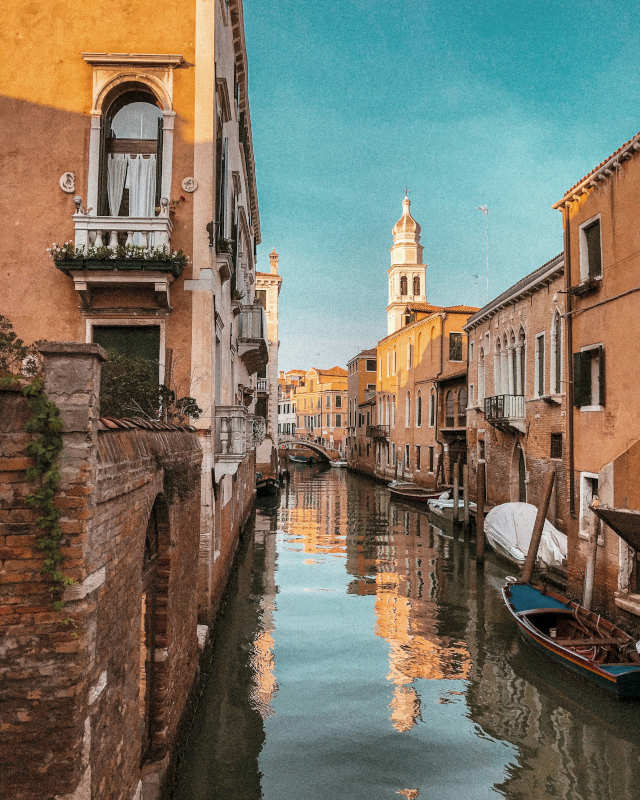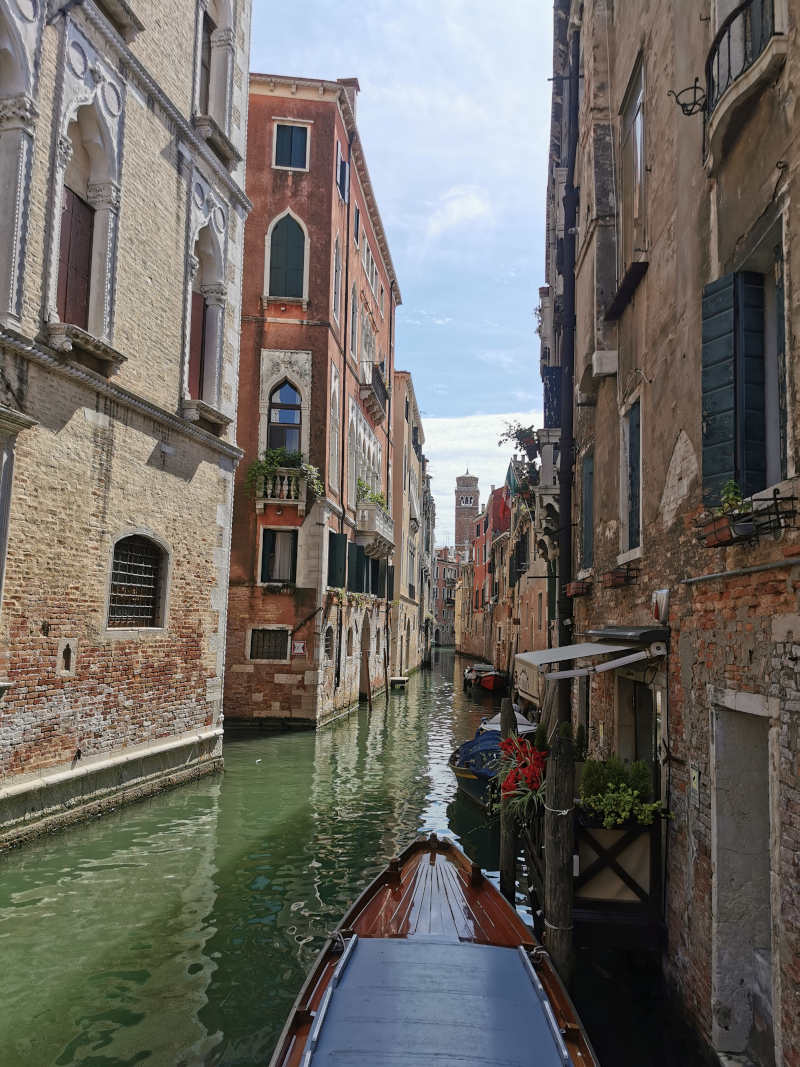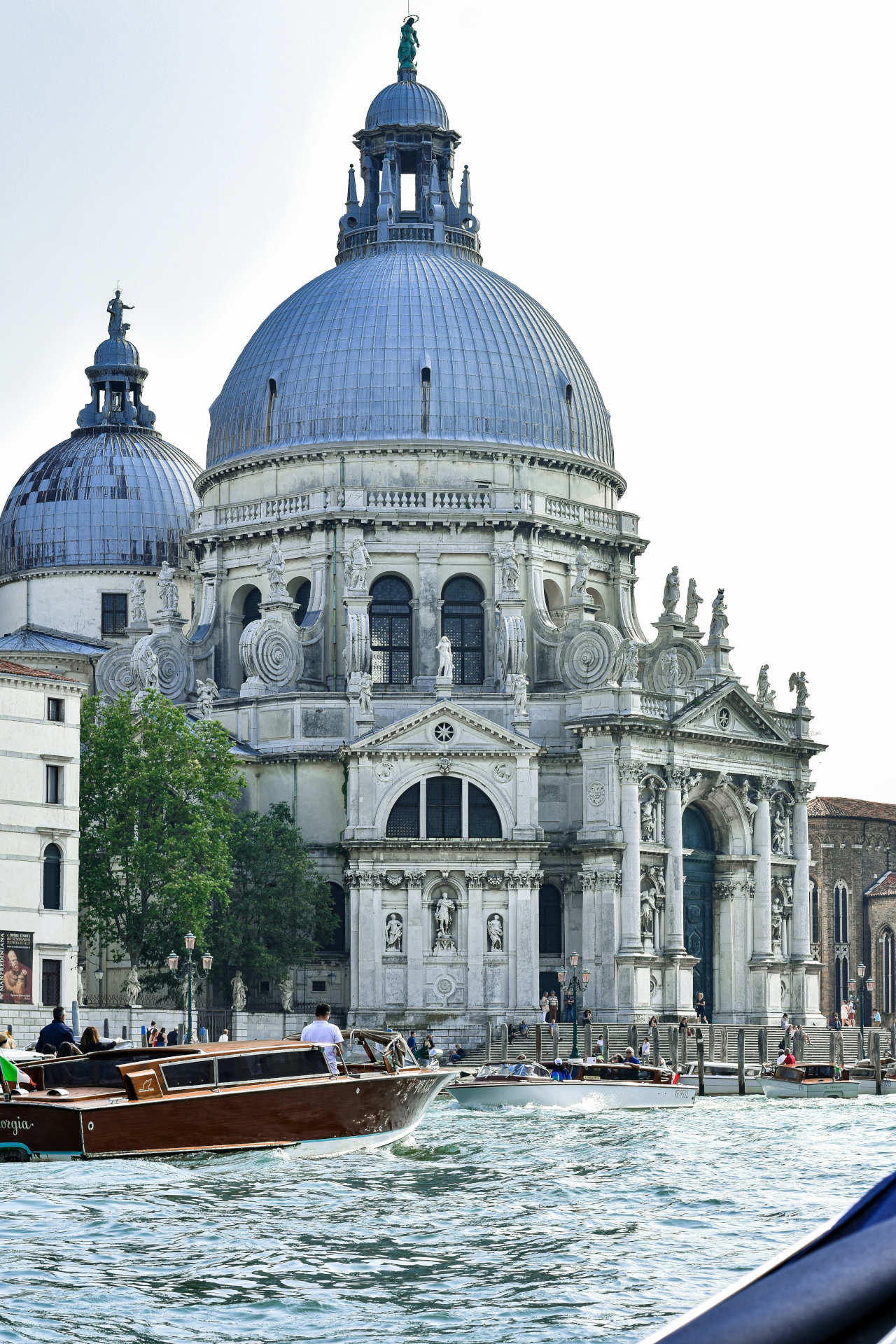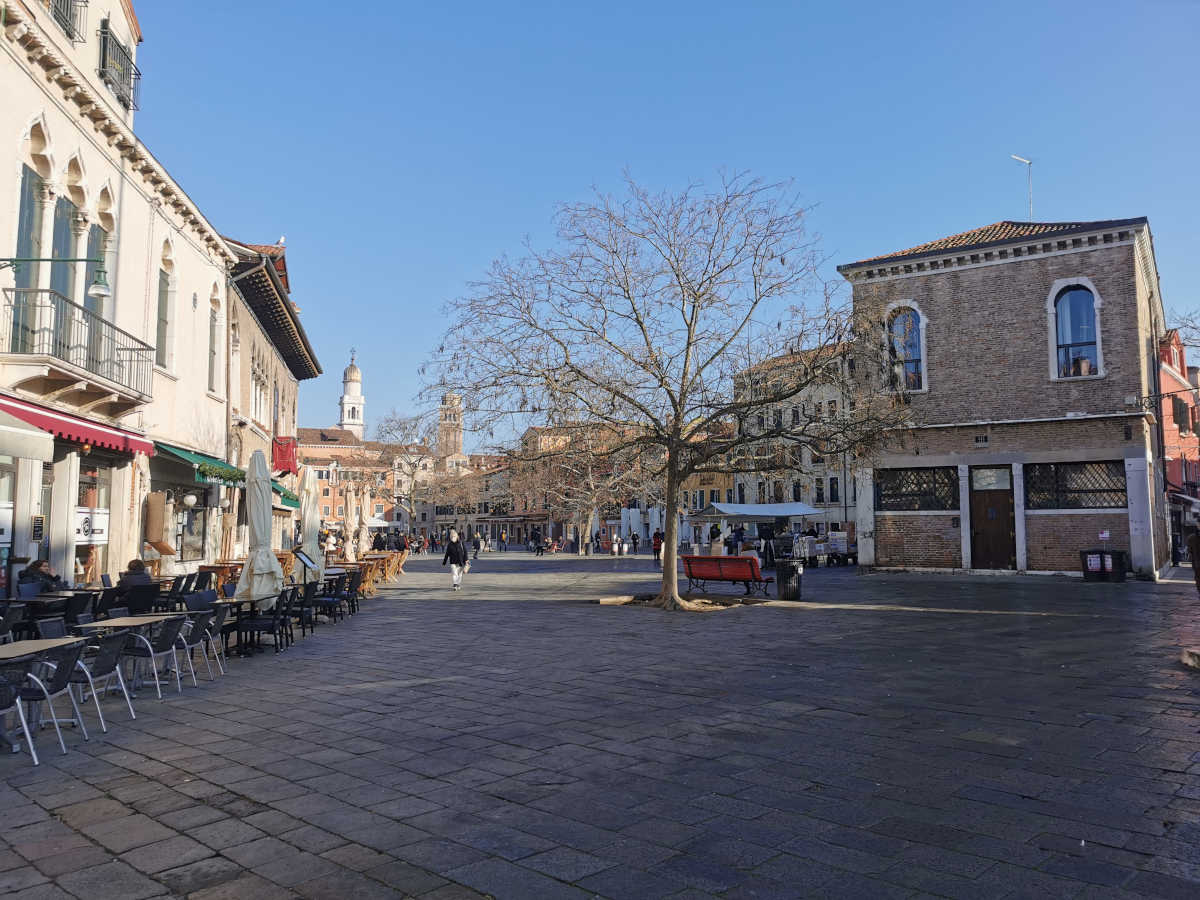Dorsoduro
HotelsinveniceDorsoduro, Venice
Dorsoduro is one of the six sestieri of Venice, known for its artistic charm and for being one of the quietest and most picturesque districts of the city. Located on the southern bank of the Grand Canal, Dorsoduro borders the sestiere of San Polo and the Giudecca Canal, offering spectacular views and romantic glimpses of Venice.
This district is rich in important cultural and art institutions. Among these, the Accademia Gallery stands out, hosting one of the most important collections of Venetian painting, with works ranging from the 14th to the 18th century. Other cultural points of interest include the Peggy Guggenheim Collection, one of the most important museums of modern art in Europe, located in a splendid palace on the Grand Canal that houses masterpieces by Picasso, Pollock, and many other 20th-century artists.
Dorsoduro is also famous for its nightlife, with its numerous bars and restaurants offering a lively social scene, particularly appreciated by students from Ca’ Foscari University and the Academy of Fine Arts, both located in the district.
The neighborhood is also home to magnificent churches, such as the Basilica of Santa Maria della Salute, erected as a thank you for the end of a terrible plague epidemic in the 17th century, and San Sebastiano, known for its frescoes by Veronese.
For walking enthusiasts, Dorsoduro offers the Zattere, a promenade that stretches along the southern side of the district, popular among Venetians and visitors for its breathtaking views of the Giudecca Canal and for its outdoor cafes, where one can enjoy the sun and the passing boats.
Dorsoduro combines the elegance of art and history with the charm of Venetian daily life, making it a must-visit destination for those visiting the Serenissima.
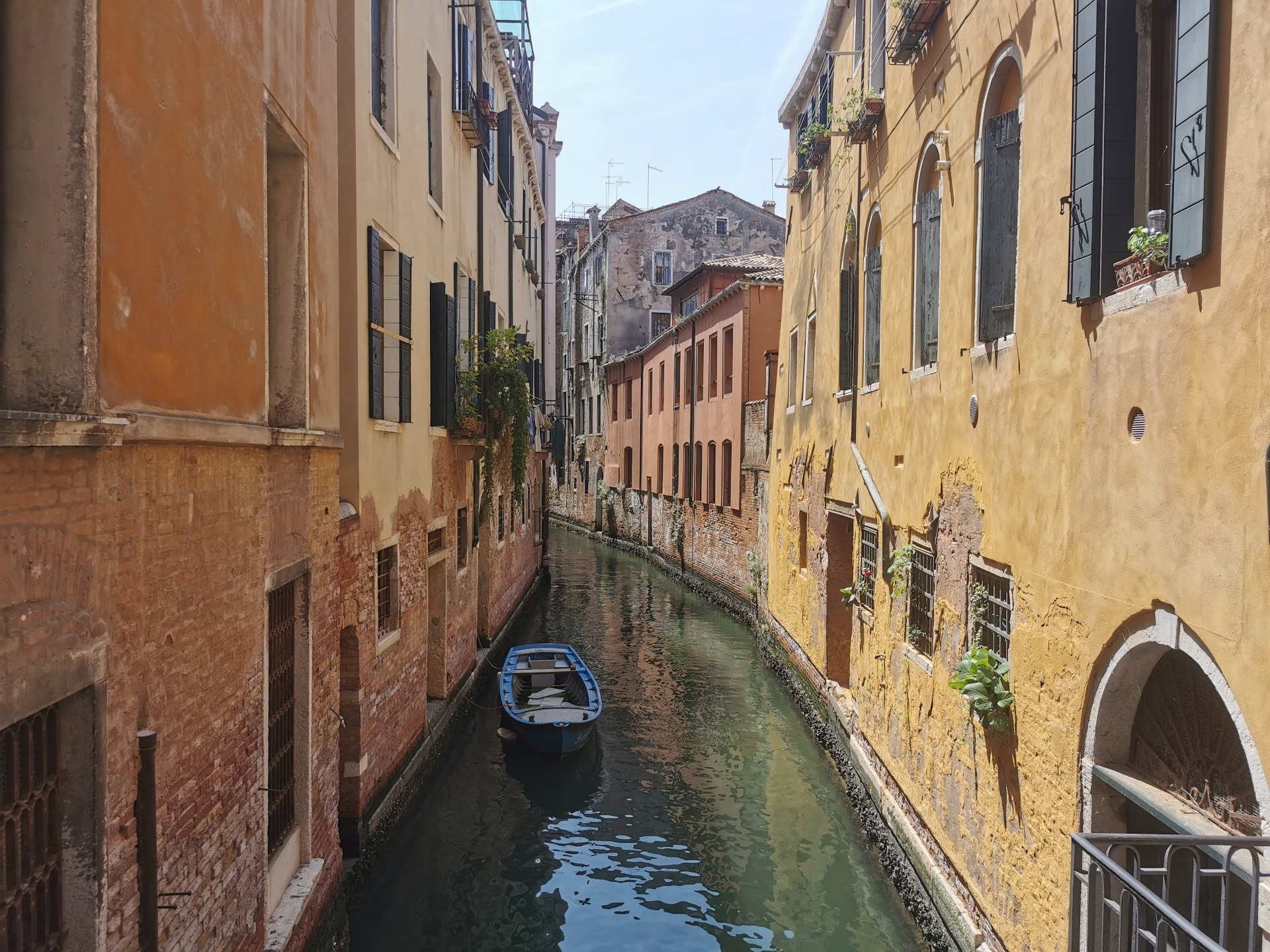
Gallerie dell'Accademia
The Gallerie dell’Accademia in Venice represent one of the most prominent art museums in Italy and a must-visit destination for art enthusiasts, especially those who admire the Venetian Renaissance. Located in the Dorsoduro district, this gallery hosts one of the richest collections of Venetian painting, spanning from the 14th to the 18th century.
The foundation of the Gallerie dates back to 1750, when the Republic of Venice decided to establish an academy of fine arts, including a school with an attached gallery to house the artworks that were meant to serve as examples for the students. Over the centuries, the collection was enriched through donations, acquisitions, and transfers of works from suppressed churches and convents, especially following the fall of the Republic of Venice and during the Napoleonic period.
The core of the collection is Venetian painting, with masterpieces by artists such as Giovanni Bellini, Giorgione, Titian Vecellio, Tintoretto, Paolo Veronese, and many others. Among the most famous works housed in the Gallerie dell’Accademia is Giorgione’s “The Tempest,” an enigmatic landscape that continues to stimulate debate among art historians, and the cycle of canvases by Carpaccio, which narrates stories of saints and knights with vivid narrative detail.
The galleries also house the renowned “Vitruvian Man” by Leonardo da Vinci, a study of the proportions of the human body that illustrates the principles of symmetry and proportion theorized by the Roman architect Vitruvius. This drawing is only displayed occasionally due to its fragility and the need to preserve it under optimal conditions.
Visiting the Gallerie dell’Accademia offers not just the opportunity to admire masterpieces of Renaissance and Baroque art, but also to explore the evolution of the Venetian school of painting, with its characteristic brightness, vivid colors, and innovative approach to composition and perspective. It is an experience that allows one to immerse themselves in the history and culture of Venice, making the indissoluble bond between the city and its artistic heritage palpable.
Chiesa della Salute
The Basilica of Santa Maria della Salute, commonly known simply as the Salute, is one of Venice’s most iconic landmarks. This stunning baroque church sits majestically at the mouth of the Grand Canal, offering an unforgettable view to those approaching by water. Its distinct silhouette, characterized by a massive dome and the elegant volutes that seem to anchor the structure to its foundation, makes it a focal point in the Venetian cityscape.
The Salute was built as a votive offering for the city’s deliverance from a particularly devastating outbreak of the plague in 1630-1631. The Venetian Senate decreed that a new church would be built and dedicated to Our Lady of Health (Salute in Italian), who was invoked for protection against the illness. The renowned architect Baldassare Longhena took on this ambitious project, and his design reflects the Venetian Baroque’s full grandeur, symbolizing the Republic of Venice’s aspirations towards heaven and its gratitude for the city’s deliverance from the plague. The construction began in 1631 and was completed in 1687, long after Longhena’s death.
Visitors to the Salute are greeted by its spacious and light-filled interior, which is laid out in the shape of a Latin cross with a large dome over the crossing. The interior houses several magnificent works of art, including paintings by Titian and Tintoretto, which contribute to the church’s reputation as a treasure trove of Venetian art. The altar, designed by Longhena himself, is a masterpiece of marble craftsmanship, featuring an iconic statue of the Virgin Mary, who watches over the city.
One of the most significant annual events associated with the Salute is the Festa della Madonna della Salute, held every November 21st. This festival sees Venetians from all walks of life participate in a pilgrimage to the church, crossing a temporary pontoon bridge spanning the Grand Canal. The event is a deeply felt tradition that commemorates the end of the plague and is an expression of the city’s enduring devotion to the Virgin Mary. During the festival, the area around the Salute becomes a lively place of celebration, with stalls selling candles, flowers, and various religious items.
The Salute is not just a church but a symbol of hope and resilience for the people of Venice. Its enduring beauty and historical significance make it a must-visit for anyone traveling to this enchanting city, offering insights into Venice’s rich cultural heritage and the collective memory of its inhabitants.
Peggy Guggenheim
Peggy Guggenheim was a prominent American art collector, bohemian, and socialite. She became one of the most influential figures in 20th-century art, particularly for her significant role in promoting European and American modern art. Peggy Guggenheim’s collection in Venice is housed in the Palazzo Venier dei Leoni, an 18th-century palace on the Grand Canal in Venice, Italy, which was her home for three decades.
The Peggy Guggenheim Collection is among the most important museums in Italy for European and American art of the first half of the 20th century. It includes works of prominent modern artists such as Picasso, Pollock, Kandinsky, Miró, and Magritte, among others. The museum is part of the Solomon R. Guggenheim Foundation, established by Peggy Guggenheim’s uncle Solomon in New York.
Peggy Guggenheim’s life was as eclectic and fascinating as her art collection. Born to a wealthy New Yorker family in 1898, she inherited a substantial fortune after her father’s death on the Titanic. Guggenheim used this fortune to amass an extensive collection of modern art, influenced by her personal acquaintances with avant-garde artists and writers in Europe and the United States.
The Palazzo Venier dei Leoni, where her collection is housed, is an unfinished palazzo that Peggy Guggenheim purchased in 1949. It became not only her home but also a salon for artists and writers and, eventually, a museum open to the public. Peggy Guggenheim’s contribution to the art world through her collection, patronage, and the promotion of avant-garde art movements cannot be overstated. She died in 1979, and her ashes are buried in the garden of the palazzo, alongside the graves of her beloved dogs.

